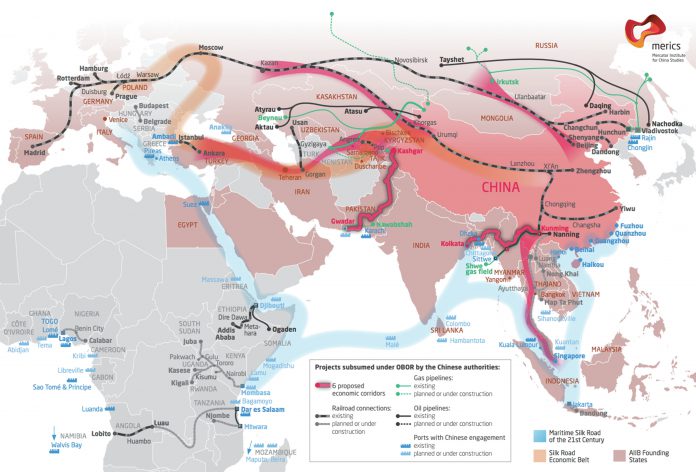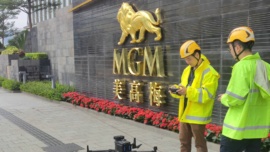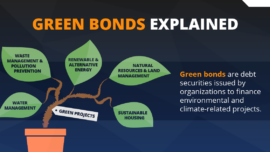President Xi Jinping unveiled his vision of the Silk Road Economic Belt – only six months after assuming power – at Nazarbayev University on September 7, 2013 as part of his state visit to Kazakhstan. He then announced the concept of a New Maritime Silk Road to the Indonesian Parliament on October 3, 2013, as part of his state visit to Indonesia. These two concepts comprise the One Belt, One Road (OBOR) initiative.
The Silk Road Economic Belt focuses on bringing together China, Central Asia, Russia, Central and Eastern Europe, and Western Europe, linking China with the Persian Gulf and the Mediterranean Sea via Central Asia and West Asia, connecting China with Southeast Asia, South Asia and the Indian Ocean. The New Maritime Silk Road traverses a vast sea area, starting from China’s coast and reaching Europe and East Africa through the South China Sea and Indian Ocean in one route, and reaching into the South Pacific through the South China Sea in another.
“It is estimated that the OBOR regions encompass more than 60 emerging market economies, a total population of over 4 billion, and a sizeable fraction of the world’s output (65 per cent for the land-based road and 30 per cent for the maritime silk road). It is a grand plan for China’s economic integration with various parts of the world,” states Julan Du and Yifei Zhang from the Department of Economics, Chinese University of Hong Kong.
 Both authors are trying to answer this question: “Does the One Belt, One Road initiative promote Chinese overseas direct investment?”
Both authors are trying to answer this question: “Does the One Belt, One Road initiative promote Chinese overseas direct investment?”
They understand that “the OBOR initiative is not merely a free trade agreement. It is a massive infrastructure-led economic integration plan. It draws a blueprint for integrating China’s trading partners by developing their infrastructure (i.e.) ports, roads, airports, railways, etc. in a way that complements Beijing’s own interests.”
“It is estimated that the OBOR regions encompass more than 60 emerging market economies, a total population of over 4 billion, and a sizeable fraction of the world’s output” – Julan Du and Yifei Zhang
Du and Zhang also recognise that the OBOR “is a great vision for the economic integration of China with Asia, Europe and Africa. Since the inception of this vision in late 2013, the Chinese government has made it a paramount national strategy. The initiative provides a blueprint of the strong integration of China into the world economy and represents the commitment of the Chinese government to a more open economy.”
Since the outset, China has become a primary source of financing for many belt-road countries. A Silk Road Fund was created in 2014 to support transportation, telecommunications and energy works with initial capital of US$40 billion. Three years later, President Xi announced an additional contribution of about US$14.5 billion. Two banks – China Development and China Exports and Imports – will also offer special loans of up to US$55 billion) to support the initiative.
 Not so good for Macau?
Not so good for Macau?
“With China’s One Belt, One Road initiative coming on line, efforts to move goods to Europe west through central Asia via rail and from major Chinese ports will weaken Macau’s potential for sea trade. The One Road, One Belt initiative has its own sets of problems but even if it fails to produce near to the level that China wishes it is unlikely to help Macau’s diversification,” Richard Louis Edmonds, editor of The China Quarterly from 1996-2002, and with extensive work on China, Japan, Taiwan, Macau, and Hong Kong, told Macau Business. He is currently based at the Centre for East Asian Studies, University of Chicago.
“If Macau wants to grow and is not too concerned about sacrificing the character of the old city and the changes that landfill will bring to the local ecosystem then the pro-growth people could have their way and landfill will be the primary method,” says Edmonds. “I can see protests occurring in Macau but the final decision is likely to come from Beijing. Without more gambling and associated business/tourist growth, the options for growth in other areas such as light industry (previous attempts to develop light industry have not been particularly successful) remain uncertain.”
























